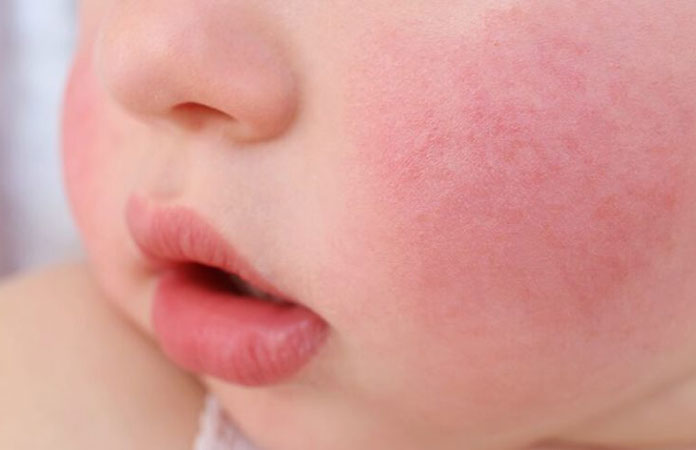Symptoms of Ecchymosis
The most typical sign of ecchymosis is discoloration in a skin area bigger than 1 centimeter. Also, the spot can be painful and sensitive to touch. The colors of ecchymosis may change gradually. It will disappear when the body reabsorbs the pooling blood under the skin. You might often notice the following order of color progression: purple or red, blue or black, brown, and yellow.
The most commonly affected parts of the body are the legs and arms as they are most susceptible to injuries or damages. In addition, bruises may occur when you sprain or strain a bone, particularly in your ankle or wrist. The elderly would have painless bruises on the back of the hands or the forearms. When people age, the skin gets thinner over time. As a result, blood vessels might burst more easily, resulting in more regular bruises. However, these bruises often do not hurt as the injury is almost insignificant.
The skin around the eyes is very thin as well. This makes it more prone to bruises. Ecchymosis occurring around your eye socket is also known as a black eye. [2]










